Asian powers map varied M&A plans
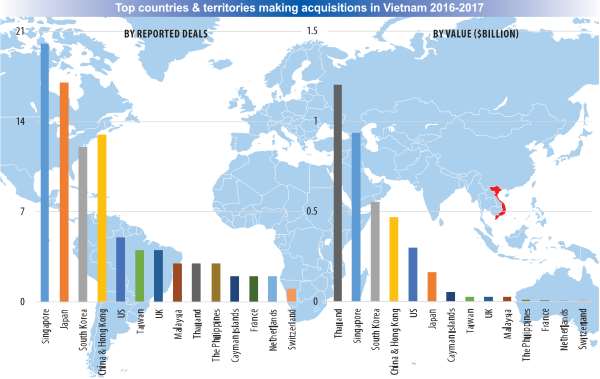 |
In recent years, enthusiastic Asian firms have been flocking to Vietnam as part of their global ambitions. These merger-and-acquisition investors often share similar characteristics – their home markets have matured and growth is slowing down, pushing them to seek high-growth or low-production-cost economies for expansion elsewhere.
Vietnam, thanks to its geographical and cultural proximity, emerges as an attractive destination for many buyers. However, despite these similar beginnings, these Asian investors are quite unique in their approach.
It is particularly interesting to draw comparisons between those from Thailand, Singapore, Japan, and South Korea – the four most prominent players in Vietnam’s merger-and-acquisition (M&A) scene.
ASEAN rises
In 2016 and the first half of 2017, Thailand and Singapore were the most active ASEAN participants in Vietnam’s M&A transactions. Thailand stood out among all investors thanks to their “go hard or go home” strategy, which included aggressive takeovers of major Vietnamese firms in retail and consumer goods.
For example, Central Group spent $1.05 billion acquiring Big C supermarkets, previously owned by the French company Casino Group, in May 2016. Prior to this deal, TCC Holdings parted with $800 million in exchange for the wholesaler Metro Cash & Carry Vienam.
Singha also became a major shareholder at Vietnam’s Masan Group, which owns an array of consumer goods businesses. Meanwhile, SCG Group bought out several leading cement companies, including Holcim of the LafargeHolcim group.
“Thai firms want to penetrate the growing Vietnamese market quickly, thus they’re quite aggressive in doing M&As. Thai buyers have the advantage of proximity with Vietnam in terms of geography, culture, and climate,” said Nguyen Quynh Lan, managing director of the Business Information Unit at data and business information provider StoxPlus.
Meanwhile, most Singaporean investors stick to the real estate industry. Do Lan Huong, associate director of Deal Advisory and M&A at KPMG Vietnam, said that real estate corporates make up the majority of Singaporean buyers in Vietnam’s M&A deals.
Cases in point include the sale of the Duxton Hotel Saigon by Low Keng Huat, as well as acquisitions of properties in prime locations around Ho Chi Minh City. Notable projects are Empire City and Somerset Vista in District 2, bought out by Keppel Land and CapitaLand respectively. The Kumho Asiana Plaza in downtown District 1 was taken over by Mapletree Investments in June last year.
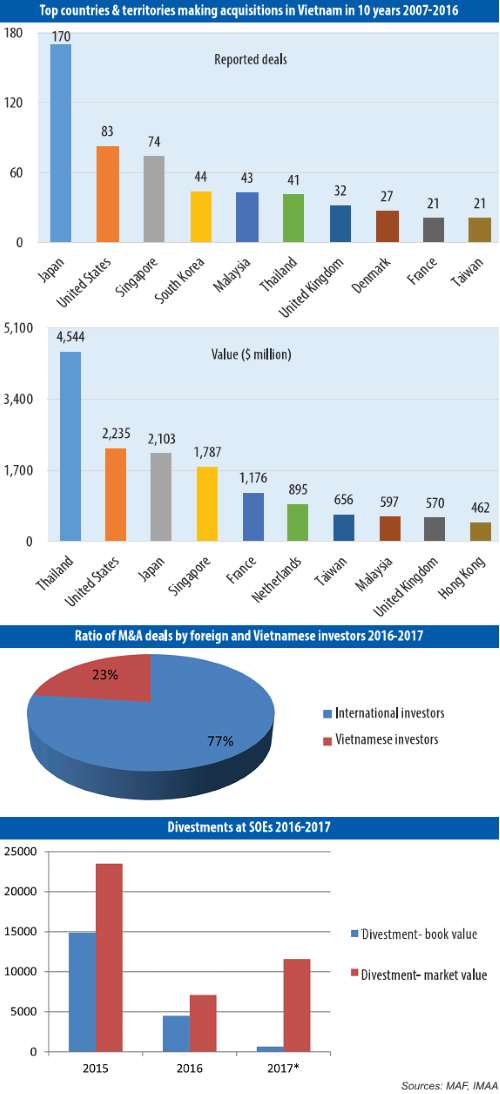 |
East Asia comes into play
As new players from ASEAN entered Vietnam with gusto, East Asian powerhouses Japan and South Korea also stepped up their efforts. These two countries are traditionally the biggest investors in Vietnam, especially in manufacturing. It is therefore notable that their interest has recently ventured beyond direct investments to M&A deals.
Huong from KPMG noted that unlike ASEAN investors, Japanese buyers usually target multiple sectors in Vietnam, covering pharmaceuticals, packaging, construction materials, food and beverage, finance, and real estate.
Examples include Taisho Pharmaceuticals’ purchase of 24 per cent in local pharma firm Duoc Hau Giang, and ANA Holdings’ $108 million bid to become Vietnam Airlines’ strategic partner. In May, Earth Chemical spent $80 million to take over A My Gia JSC, a company focussed on household chemicals.
Masataka Yoshida, senior managing director at Recof Corp, said that Japanese investors are aware of the competition for Vietnamese firms among Asian buyers. This sense of urgency has prompted Japanese investors to act more quickly and offer better prices in recent M&A deals.
“Japanese corporates believe that they need to invest more in the ASEAN region, and Vietnam is one of the most attractive destinations. They’re also aware that they’re competing against buyers from Korea, Singapore, and Thailand,” said Yoshida.
Meanwhile, Korean buyers have purchased a slew of Vietnamese consumer goods firms. CJ bought stakes at Cau Tre Foods and Daesang exchanged $33 million for shares in Duc Viet Foods. In finance, Shinhan Bank acquired the retail business of ANZ Vietnam.
“Korean firms are mostly interested in the consumer and retail sector in Vietnam, given that those sectors are expected to grow faster than any other sector in the near future. In general, Korean buyers prefer securing majority control with over 50 per cent ownership,” said Jacob Won, founding partner at Locus Capital Partners.
Similar to Thai investors, Koreans bought leading Vietnamese firms in hopes of penetrating the near-95-million-person market. The burgeoning middle class, with growing consumption demands and an affinity for foreign goods, are the high-potential consumers of Thai and Korean products.
Challenges
Above their similarities and differences in strategy, Asian investors usually face the same challenge when investing in Vietnam. Both Yoshida from Recof and Won from Locus Capital noted that information transparency remains a big issue. The lack of transparency usually complicates deal negotiations in Vietnam.
“This is particularly true in the case of equitising state-owned enterprises,” said Yoshida. “Investors are required to make substantial commitments in terms of time and money in the early stages of the bidding process. The selection process, however, can be long and unclear.”
Won added that financial statements of Vietnamese companies usually fall short of investors’ expectations. He suggested Vietnamese sellers hire advisors and consultants, who can help with valuation, due diligence, and information release.
Similarly, Huong from KPMG advised firms to make sufficient preparations on accounting standards and tax and legal requirements. She also expressed her hopes that more Vietnamese businesses will grow big enough to participate in large cross-border M&A deals.
“Over time, Vietnamese companies will become more aware of the requirements set forward by investors in M&A transactions,” said Huong. “This is likely to generate more deal flow as well as shorten the transaction process.”
What the stars mean:
★ Poor ★ ★ Promising ★★★ Good ★★★★ Very good ★★★★★ Exceptional
Latest News
More News
- Japan's Tokyu researches semiconductor technology in Binh Duong (April 15, 2024 | 07:12)
- Sunwah Group intensifies investment endeavours (April 12, 2024 | 19:12)
- China's BYD sets eyes on Vietnam (April 12, 2024 | 17:25)
- Shanghai to boost trade with Vietnam (April 12, 2024 | 17:23)
- EU ambassadors study investment climate in Da Nang city (April 11, 2024 | 17:17)
- Vietnam ready to ride US investment wave (April 11, 2024 | 17:11)
- Component makers display intent to establish networks (April 11, 2024 | 09:46)
- Foreign investors target smarter production chain (April 11, 2024 | 09:43)
- Vietnam to overhaul Law on Science and Technology (April 11, 2024 | 08:00)
- US company steps up AI investment in Southeast Asia (April 10, 2024 | 16:32)

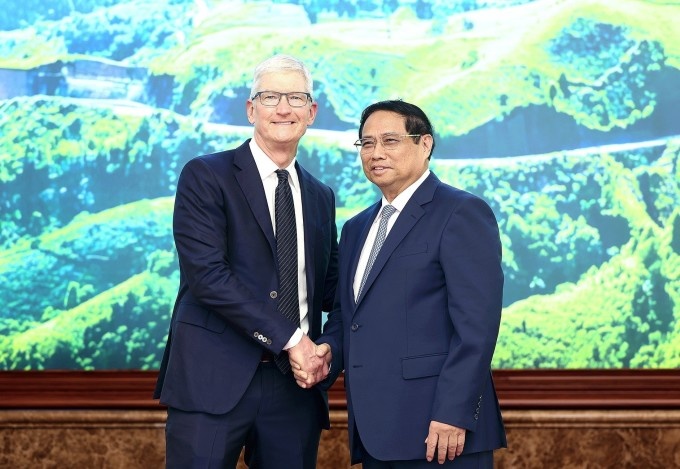
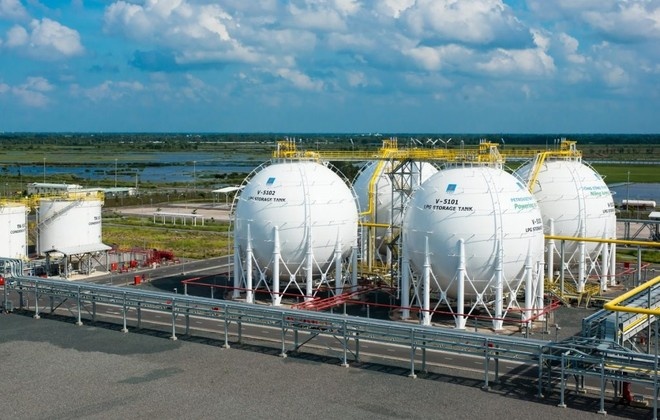

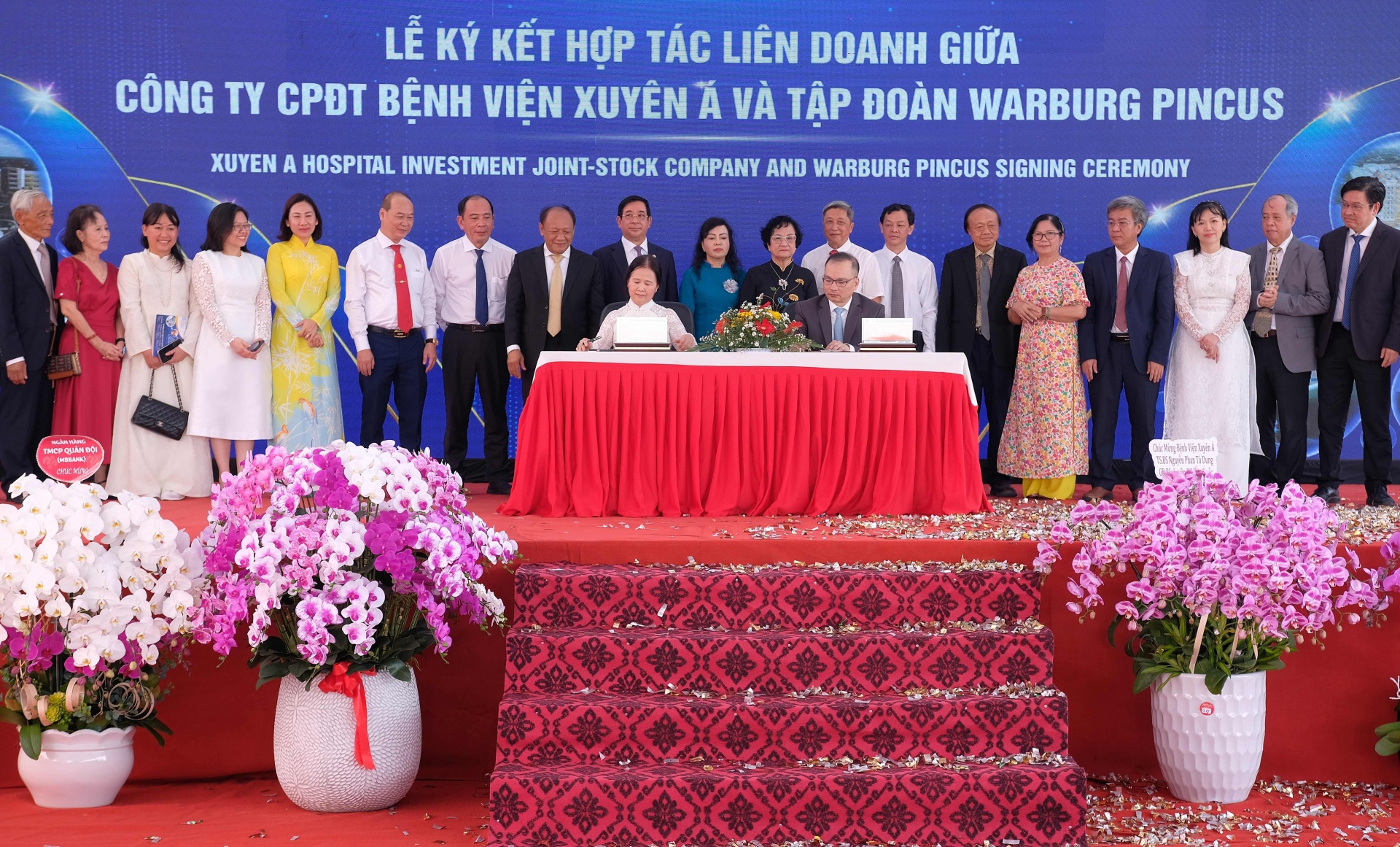

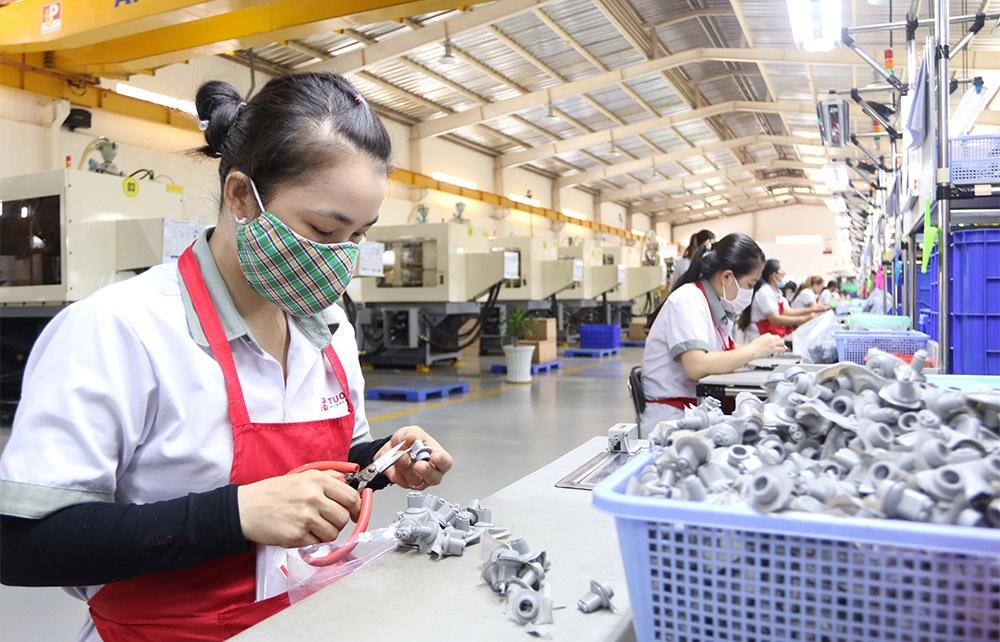


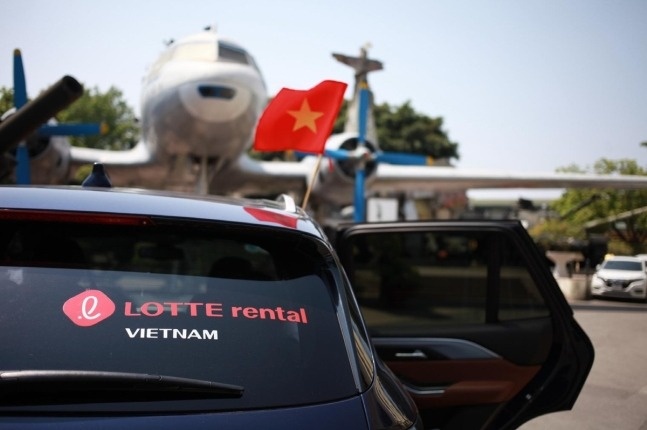

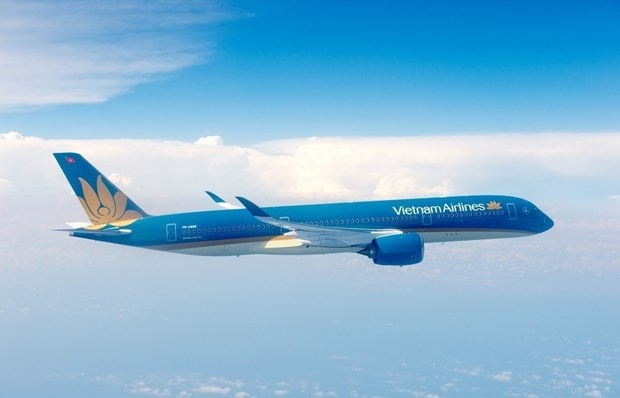



 Mobile Version
Mobile Version